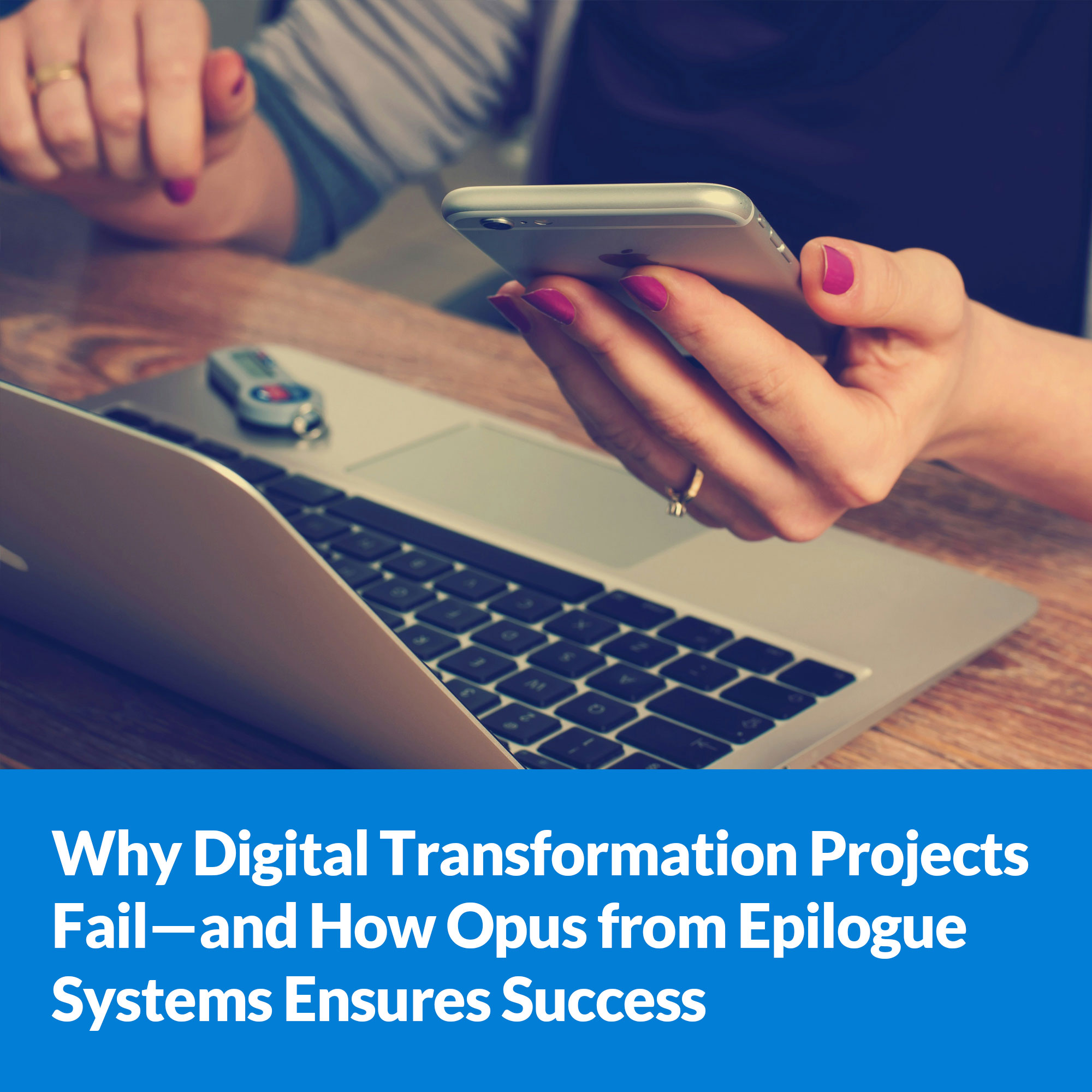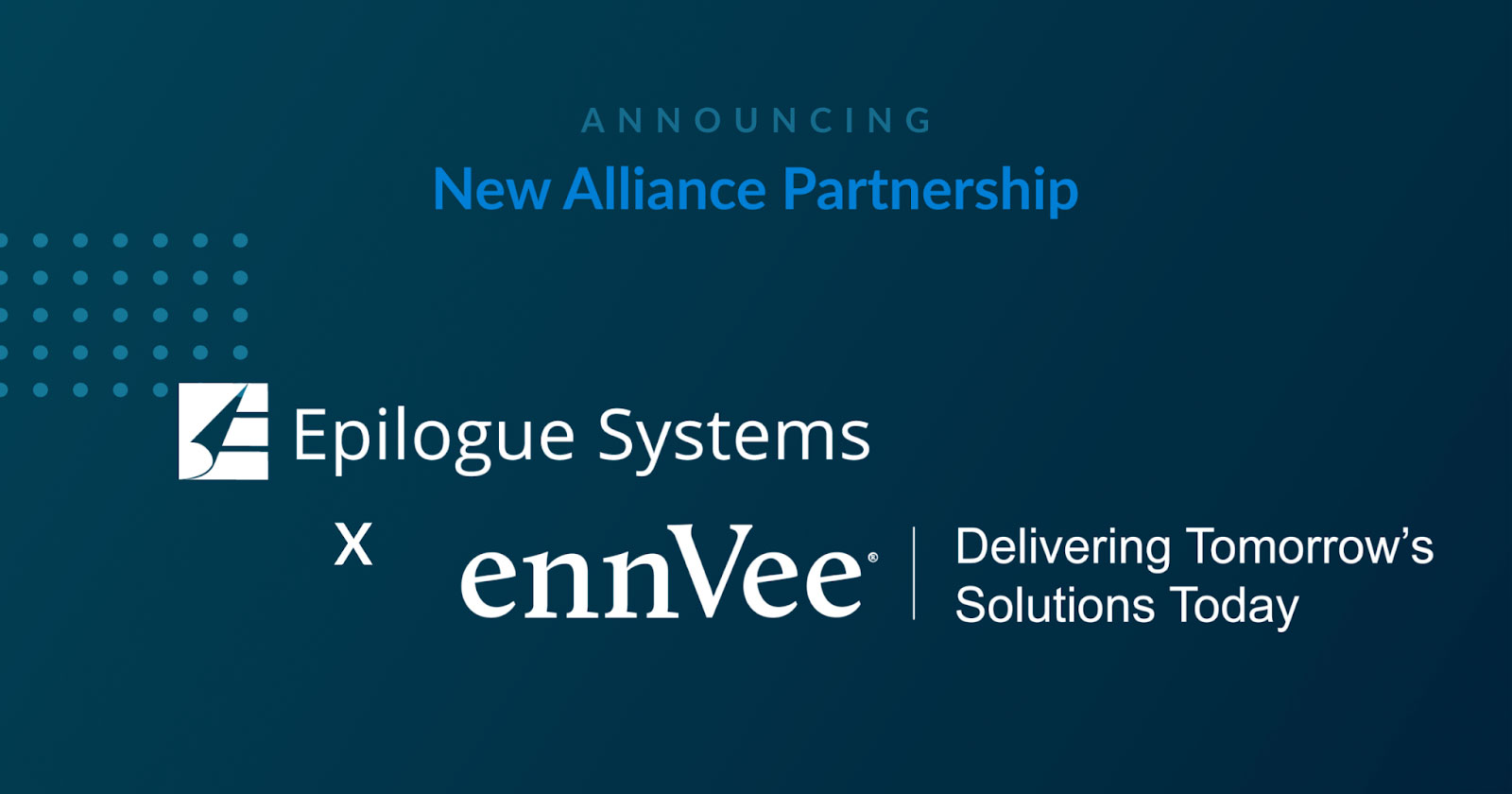
One of the biggest challenges to onboarding employees to a new business application is simply getting them to retain information learned during training. Research has shown, on average, that most students forget about 70 percent of what they are taught within 24 hours of the training experience.
This “forgetfulness” not only lowers the return on investment you get from your organization’s training dollars, it also lowers productivity as employees have to stop what they are doing and seek help. Additionally, as employees become frustrated when they can’t remember how to complete certain tasks in the application and feel they are spending too much time trying to figure it out, they begin to abandon using the software, lowering overall adoption rates.
Onboarding software, now known as a Digital Adoption Solution, can change these dynamics by delivering user support at the point of work. Research has shown that when learning occurs “on the job,” as it does with a digital adoption solution, retention is better. But that’s not the only benefit.
Here is a look at four ways digital adoption solutions can increase adoption rates:
1. Understands Intuitively Where Users Need Help
One of the primary reasons application adoption lags is because of an initial (and often significant) decline in productivity. As employees struggle to complete tasks in the application that they can’t remember from training how to – they not only become frustrated at their forgetfulness, but at the time and effort it can take to get help at their true moment of need.
The process for seeking help, usually looks something like this: An employee will typically first seek assistance by searching through a help menu or a knowledge base for the right instructions. This process may require several searches to find the right key phrase to answer the question. Or, just as likely they may never find the exact the information they need.
If searching fails, the next option is to turn to colleagues or to a Help Desk for support. While others may be able to assist the employee, the time they spend impedes their own productivity as well as the productivity of the employee receiving assistance.
A digital adoption solution can resolve these productivity-draining issues by intuitively understanding where users are at in a transaction or process in the application. Then, based on this knowledge, it can then serve the employee the content that is most appropriate to aid in completing the task. Not only does this method provide the assistance the employee needs, it increases productivity and reduces frustration by eliminating time spent searching for information or seeking assistance.
2. Provides Contextual Guidance at the Moment of Need
Typically, during a software training for a core business application, employees may learn dozens if not hundreds of different tasks they need to execute in the application. While they may be able to retain some of this information, memory has a a use-it-or-lose it quality. When memories of tasks aren’t accessed frequently, such as those needed solely to execute specific processes once a quarter, they are more likely to be forgotten.
A digital adoption solution solves this retention issue by allowing employees to learn (or be reminded of how to perform) a task or process at the moment they need to execute the task, rather than weeks or months in advance or belatedly, after the information would have helped solve a problem. For example, if an employee needs to create a new contact in the company’s CRM software, a digital adoption solution can provide contextual guidance—walking the user through the steps to complete the task—right at the moment the user needs to know how to do it. And, as discussed above, it will make sure the guidance provided is relevant by intuitively assessing where the end user is in the application and delivering the appropriate contextual guidance at the point of work.
A digital adoption solution also offers a variety of media formats for learning, such as text, scenario-based learning, and simulations. This enables employees to personalize the training content to their learning preferences for faster understanding and completion of the task.
3. Collect Usage Data for Proactive Support
Traditional training typically provides no long-term data on employee retention and adoption of the application. However, the only way to know if your trainings are successful (and if you’re getting your money’s worth from this high-dollar investment) is to measure retention and adoption over time.
A digital adoption solution with built-in data collection capabilities allows you to measure several important retention and engagement metrics, including:
- What users are using help and guidance
- How often they are using it and when they are not using it
- If their level of engagement with the software is increasing
With this data in hand, you can then identify where there are trouble spots. If some users or teams are struggling with the new application, you can dive deeper into why and help proactively provide support to increase usage.
Having access to retention and engagement data can also provide you with proof for stakeholders and executives that your hitting your adoption goals. And, in turn, are maximizing your return on investment from the application.
4. Reduce Upfront Training
Training employees when a new application launches is seen by most organizations as a costly, but necessary investment. But what if you could better train your employees AND save money?
Traditional software training, whether done in-person or virtually, are often structured to deliver a large amount of content over the course of a couple of hours or days depending on the complexity of the application employees are learning. Scenarios and simulations are used to aid with retention, but in truth do little to ease the “information overload” effect of having a lot of content crammed into a short amount of time. Often, by the time employees leave training they are overwhelmed, struggling to retain what they’ve learned, and frustrated by the amount of time they’ve spent in training while other urgent tasks pile up on their to do list.
With a digital adoption solution, upfront training can be eliminated or significantly reduced. Employees learn the application more organically, getting help as needed with the same scenario-based type of training they would have gotten in a traditional training. However, because this training is happening “on the job,” they are 70 to 80 percent more likely to retain the information according to the Edgar Dale Cone of Learning. According to this learning model, learners retain only 10-20 percent of what they see or hear, but up to 90 percent of learning when it is done on the job.
Digital Adoption Solutions Let You Train Smarter, See Higher Adoption
Change management is never easy and getting users to convert to a new application can be a challenge, even with the best user onboarding experiences. However, when employees get the right guidance at the right time and in the right place, you eliminate frustration from poor knowledge retention and lower productivity. You also increase employee’s willingness to adopt a new method for their work and drive higher adoption rates.
How do you currently assist employees with learning new software and what types of adoption rates are you seeing from your efforts? We’d love to hear what’s working and what’s not.





